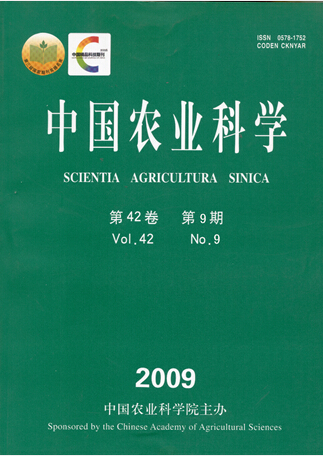【Objective】 The goal of the research is to analyze the characteristics of root traits in conventional indica rice cultivars with large sink potential (SP). 【Method】 88 and 122 conventional indica rice cultivars were solution-cultured in 2001 and 2002, respectively. Dry matter weight (including root system, culm and sheath, leaves, panicle), root traits, root physiological activity, yield and its components were measured. The tested rice cultivars were classified into 6 types (i.e. A, B, C, D, E and F, A was the lowest, and F was the highest) based on their SP level by the MinSSw method, to study their differences of root traits, root physiological activity. 【Result】 Difference of SP of the cultivars used in this study was very large, the averages SP of A, B, C, D, E, and F were 426.37, 642.53, 770.96, 903.73, 1 064.32, 1 213.90 g?m-2 in 2001, and 359.36, 574.11, 764.98, 962.43, 1 200.11, 1 455.59 g?m-2 in 2002, respectively. The number of adventitious roots per unit area, total length of adventitious roots per unit area and root dry weight per unit area in large SP type variety was higher than that in small SP type variety, no significant differences of traits per adventitious and per unit root dry weight between different SP type cultivars were observed. Polynomial regression analysis showed that SP level was significantly influenced the length of adventitious roots per unit area, root dry weight per unit area, ratio of shoot to root at heading stages, root activity per unit area, and the determinant coefficient ranged from 0.423-0.578. Large SP could be reached by increasing the length of adventitious roots per unit area, dry weight per unit area, ratio of shoot to root at heading stage, root activity per unit area. 【Conclusion】 Root traits per unit area in large SP type variety are higher than that in small SP type variety, larg SP could be reached by increasing the length of adventitious roots per unit area, root dry weight per unit area, ratio of shoot to root at heading stages, root activity per unit area.









